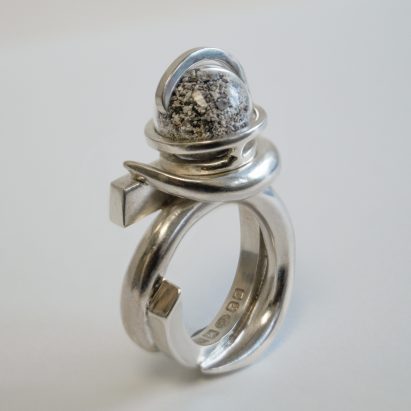
H2ERǴ ring made with metals "mined" by plants
Metals "mined" by plants feature in a first-of-its-kind ring, made by materials researcher and designer Karoline Healy under her jewellery brand H2ERǴ. More

Metals "mined" by plants feature in a first-of-its-kind ring, made by materials researcher and designer Karoline Healy under her jewellery brand H2ERǴ. More

Belgian design firm Studio Part has developed a demountable metal mould that encourages young willow trees to grow into a self-supporting bench. More
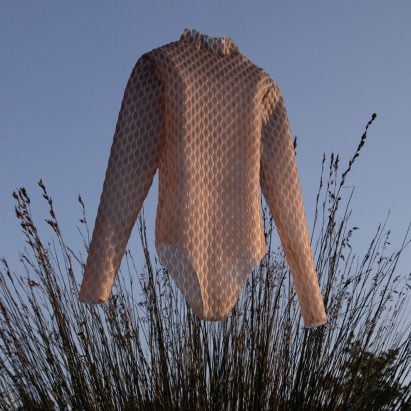
Garments made with the skin pigment melanin provide a natural, alternative form of sun protection in this speculative biofabrication project by recent Central Saint Martins graduate Maca Barrera. More
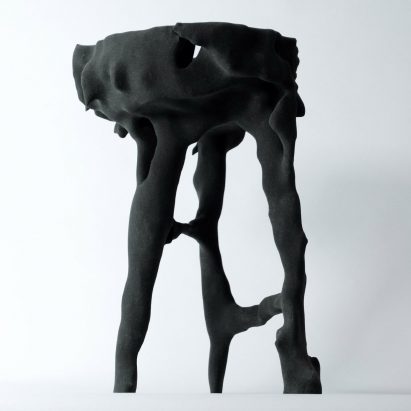
Insects are an unlikely "collaborator" in British designer William Eliot's Digested Objects stool, which was shaped by plastic-eating mealworms as they gnawed their way through blocks of polystyrene. More
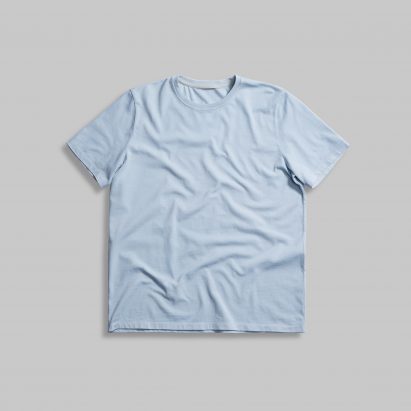
The process of using bacteria to colour textiles has been brought to a commercial scale by British company Colorifix, which hopes to cut the fashion industry's use of toxic chemical dyes. More
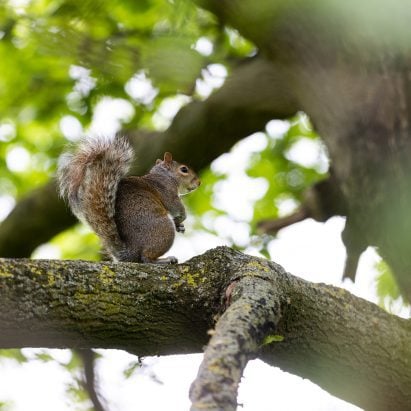
A new design trend prioritises the needs of bugs and animals above human beings. Rima Sabina Aouf finds out if "interspecies design" is the next step in creating more sustainable spaces and objects. More
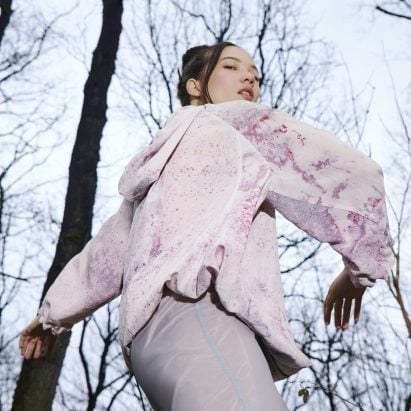
After years of exploring the merging of biotechnology with design, Natsai Audrey Chieza and Christina Agapakis have started what they describe as the "first biodesign lifestyle brand", which launched at London Design Festival. More
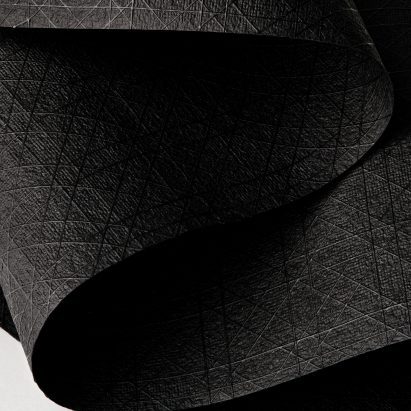
Biotechnology company Modern Synthesis has developed a biomaterial from bacterial fermentation that can be used to create a low-carbon alternative to traditional clothing fabrics. More
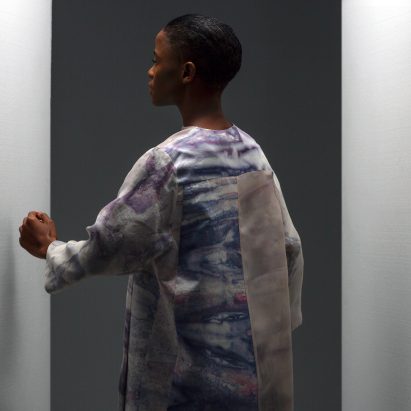
On day 12 of the Dezeen 15 digital festival, designer Natsai Audrey Chieza of Faber Futures sets out five principles for the emerging field of biodesign. More
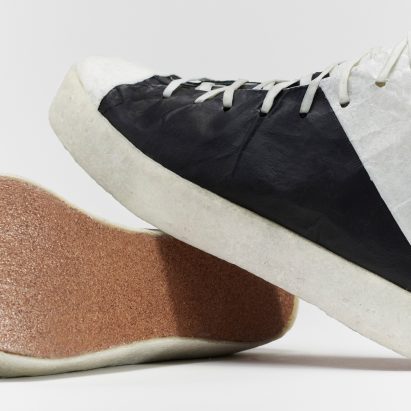
New York streetwear label Public School has collaborated with material scientist Theanne Schiros to create a pair of biofabricated trainers using a leather alternative grown by microbes. More
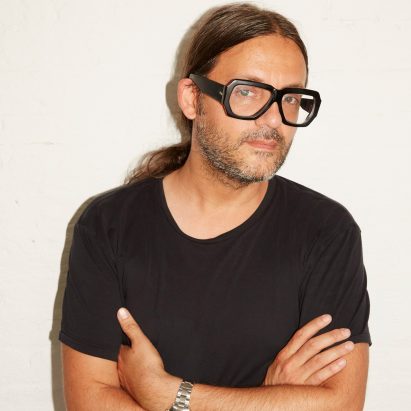
Plastics will be replaced within ten years by biofabricated materials that eliminate waste and pollution, according to Parley for the Oceans founder Cyrill Gutsch. More
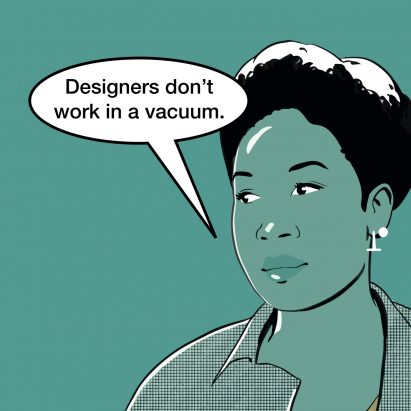
Good design is about interrogating systems not just creating beautiful chairs, biofabrication designer Natsai Audrey Chieza argued at Dezeen Day. More
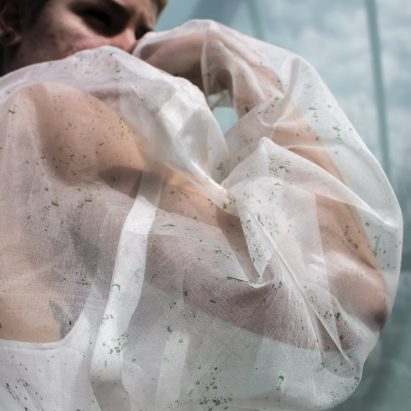
Canadian-Iranian designer Roya Aghighi has created clothes made from algae that turn carbon dioxide into oxygen via photosynthesis, as a more sustainable alternative to fast fashion. More
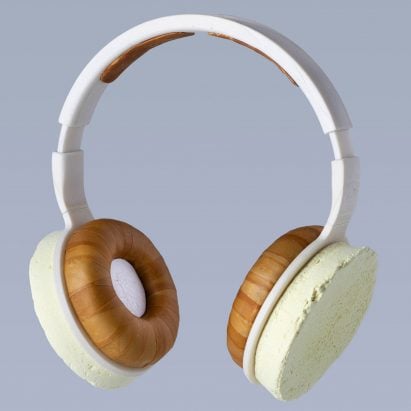
Fungus, yeast-based bioplastic and other materials grown by microbes have been used to make the Korvaa headphones, designed by Finnish studio Aivan in collaboration with scientists. More
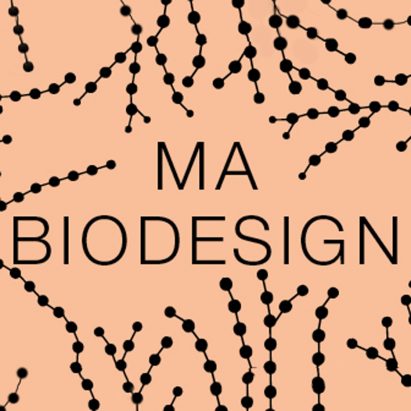
Central Saint Martins college in London has announced a new masters degree in biodesign to promote sustainable innovation, which is set to start in September 2019. More
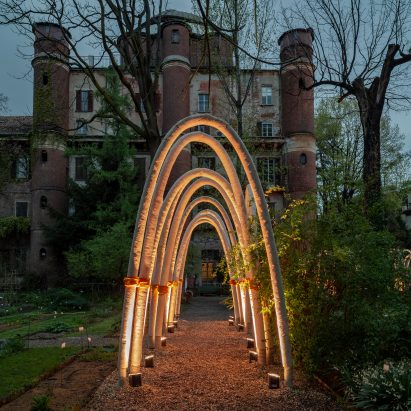
Italian architect Carlo Ratti has grown a series of arched architectural structures from mushroom mycelium, which will be returned to the soil after Milan design week is over, in a fully circular fashion. More
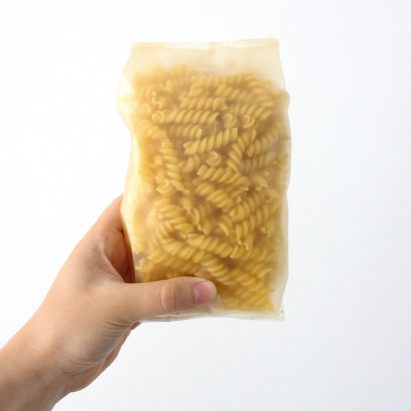
Chile-based designer Margarita Talep has created a sustainable, biodegradable alternative to single-use packaging, using raw material extracted from algae. More
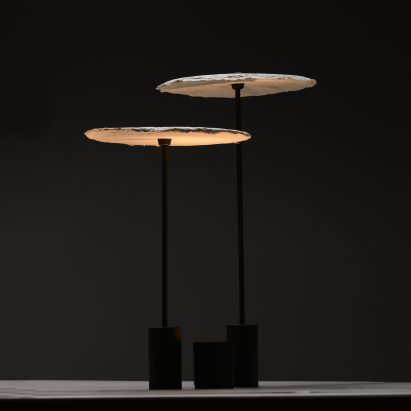
London-based designer Nir Meiri has created a series of table lamps using mushroom mycelium, as an alternative to synthetic materials. More
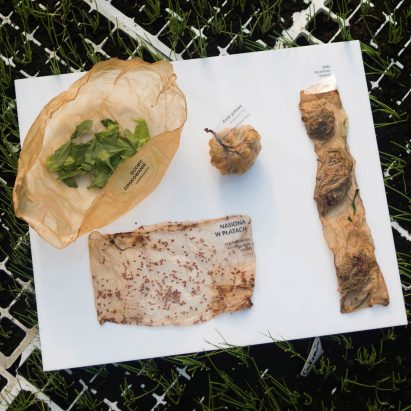
Graduate Roza Janusz has created an alternative to plastic food packaging, which is made from organic material and can either be eaten after use, or composted. More
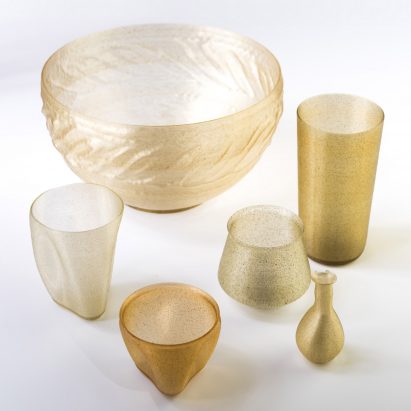
Dutch designers Eric Klarenbeek and Maartje Dros have developed a bioplastic made from algae, which they believe could completely replace fossil-derived plastics over time. More